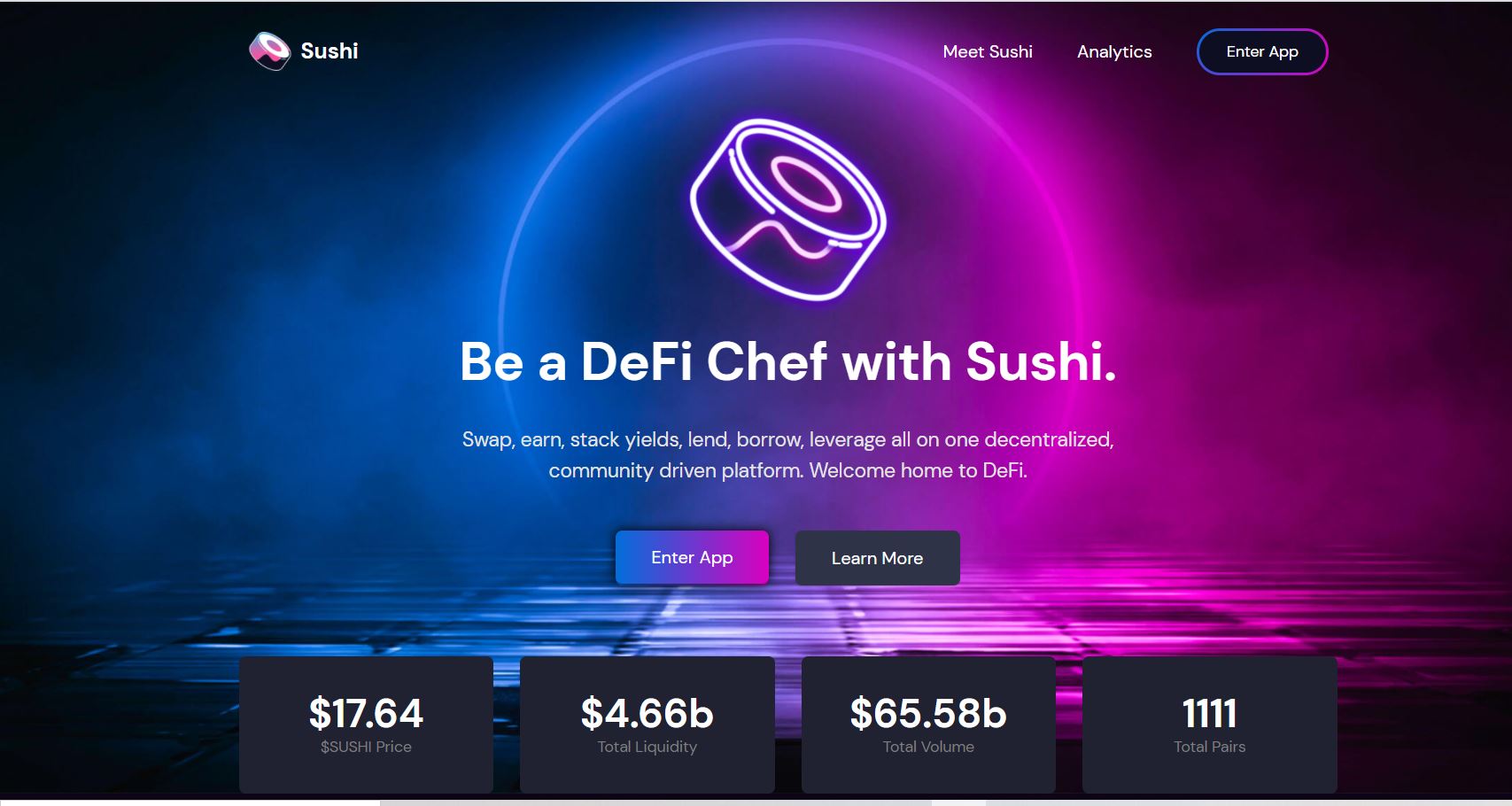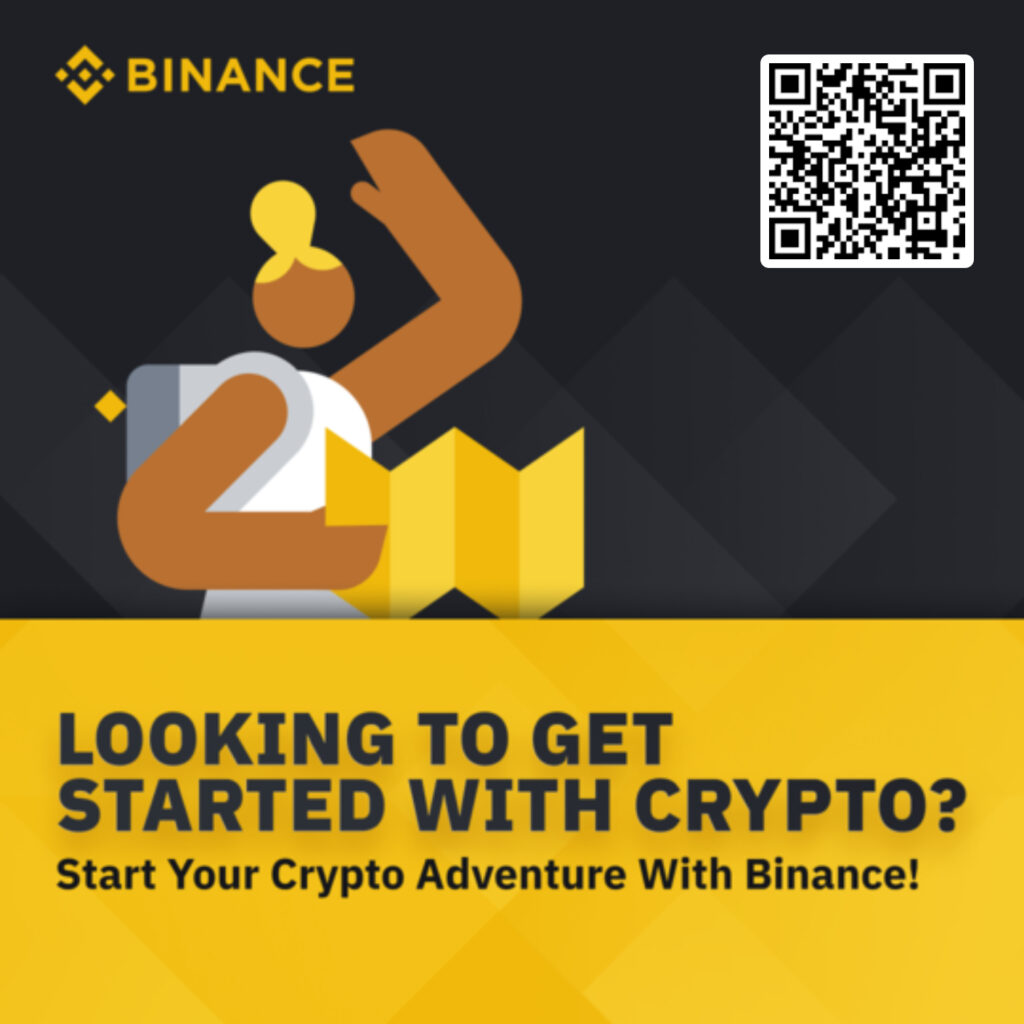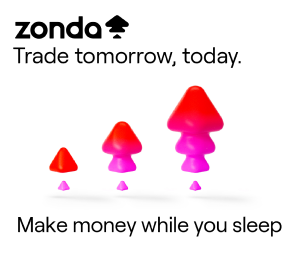How does a decentralized cryptocurrency exchange work?

Do you know how the decentralized cryptocurrency exchange works?
For many years, centrally managed exchanges have been a ball and chain in the functioning of decentralized currencies – cryptocurrencies. The need to entrust your funds to a “trusted” third party to the transaction and provide them with your personal data under the KYC / AML procedure does not correspond to the idea of free, anonymous and decentralized money. Fortunately, the development of blockchain technology has also solved this problem.
Decentralized cryptocurrency exchanges (DEX) have been around for some time – for several years. It was only in the last year, however, that DEXs began to matter and successively increase their slice of the cake, which is the cryptocurrency market, worth over two trillion dollars. Currently, the volume of the 10 largest, decentralized cryptocurrency exchanges is almost USD 6 billion a day. About 60 such platforms are available on the market.
Decentralized cryptocurrency exchange - how does it work?
DEXs are based on blockchain, thanks to which they are in a sense self-sufficient, and certainly self-service. Smart contracts, which are stored in the blockchain, carefully regulate their actions, which excludes the need for third party interference. We usually divide decentralized exchanges into two types. Such through which it is possible to trade tokens – based on a specific blockchain (e.g. ERC-20 standard, Ethereum) – and universal exchanges, allowing the exchange of both tokens and coins based on an independent blockchain.
Transactions on the decentralized cryptocurrency exchange – looking from the interface side – proceed in the same way, automatically. However, when we look behind the scenes, we find that the exchange is hand-to-hand – from wallet A to wallet B. There are only two sides of the transaction under DEX – the buyer and the seller. The stock exchange, in this case, is only a system that enables it to run smoothly. On the example of Uniswap, the exchange requires the Metamask software portfolio to be integrated with our browser via a plug-in extension. In this way, DEX can “see” the status of our wallet and gain access to its interaction with a smart contract, which allows us to trade.
The operation of the platform – from the interface side – is, despite the illusion of novices, much simpler than using a centralized cryptocurrency exchange. On most DEXs, we don’t even have to create an account (unfortunately on some it is necessary). The Metamask wallet – to which we have to send tokens – integrated with the browser is in most cases the only condition that we have to meet. Of course, we use Metamask for the world’s most popular decentralized exchange – Uniswap. Other exchanges use their proprietary wallets, e.g. the decentralized Waves exchange, or allow you to connect more types of wallets – such as 1Inch or Sushiswap – including hardware wallets. Metamask, however, is the most frequently chosen option.
Unlike centralized cryptocurrency exchanges, the transaction commission goes to DEX liquidity providers – not to the exchange owner. In this way, people who support exchanges with their pool of tokens are remunerated.

Security of decentralized cryptocurrency exchanges
Due to the fact that transactions on DEXs are carried out in the P2P formula – from wallet to wallet – it is not possible to steal funds from a decentralized exchange. By using DEX, we have control over our tokens all the time – except for temporary freezing by smartcontract for the duration of the transaction. They are simply on our wallet, not on the stock exchange’s wallet.
Due to the fact that you do not need to open an account on most decentralized exchanges, it is the most anonymous form of cryptocurrency exchange. We do not provide any data – not even an e-mail address. Not to mention KYC / AML procedures that require sensitive personal data from us. All of this is not required for DEXs. Some exchanges also have FIAT currency “gates” (traditional, fiat). The exchange of currency for a token is supported in this case by a bank transfer.

For more than 6 years, he has been interested in cryptocurrencies, tokens and blockchain, as well as other modern technologies like artificial intelligence. I have been actively investing for more than 10 years. I have developed hundreds of highly substantive articles and publications for this and many other external portals.



New comments